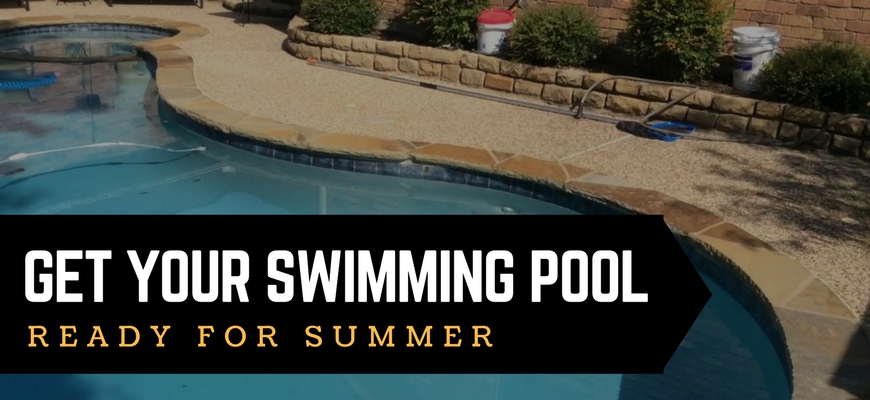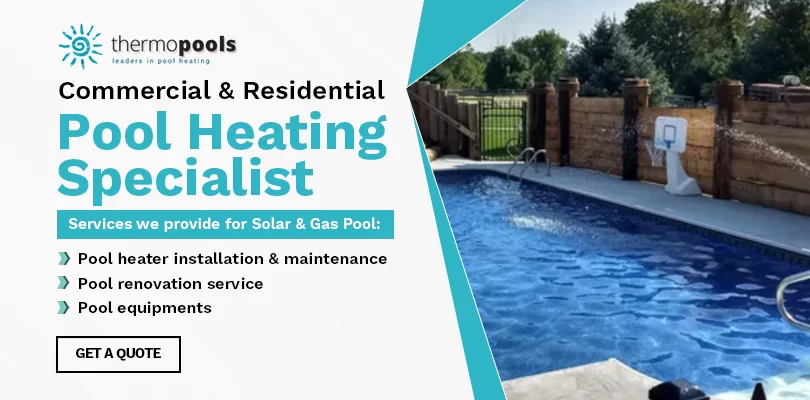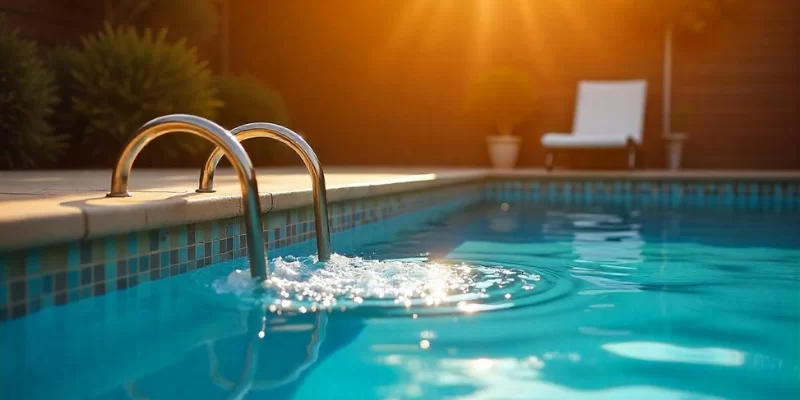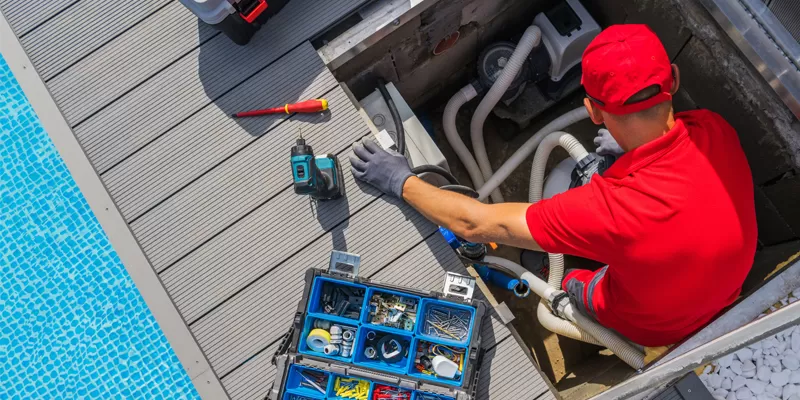
The winter and spring have gone by and now your home’s swimming pool is most likely a tub of greenish water with branches and leaves floating on it. You should clear the gunk and reinstate the water to its appropriate chemical balance before reopening the pool for summer swims. Also, you need to check whether your old solar pool heating system is working properly or not.
HERE ARE THE TIPS TO MAKE YOUR POOL READY FOR THE SUMMER :
1. AVOID VACATING YOUR POOL’S WATER
Even if you live in an extremely cold climate, ideally you shouldn‘t vacate your pool’s water; however, if you have no other option like your swimming pool hasn’t been covered and there are way too many leaves right at the bottom which needs to be removed (you should get a cover – that’s very important) or if you want to perform structural work. This is because big problems can occur due to the draining of the pool. For instance, a vacant pool at a high water level can scoop out of the ground without the water’s weight keeping it down. If this happens, a complete pool replacement will be required.
2. CLEANING UP YOUR POOL
By unlocking a chemical, commence the process of restoring your pool to its ideal form. Place the filtration system together, clear out all the baskets and eliminate any plugs that you have placed in when the pool was closed after the last season. While you’re working on it, leave the cover on the pool.
3. TOP UP THE WATER LEVEL
During winter use, if the water level has come down, you should top it up. Before turning on the filter, ensure that you clean it. Remove the cartridge and clean a cartridge filter by washing it with a hose.
Suppose you have a D.E. filter then you might require taking it aside, cleaning it up and reassembling it. You’ll have to set the filter to backwash if you have a sand filter, which will clean the sand then turn it back to the normal setting.
4. CONDUCT A PROFESSIONAL TEST OF YOUR POOL WATER
It is recommended to test your pool water by a professional. Carry some water from your swimming pool as a sample to the swimming pool store and let them test the water; it is normally free, but sometimes for some up-sell. This is an excellent practice because they will perform a methodical test. They will test the water’s mineral content along with the total alkalinity (and pH level) and the chlorine levels. At the end of the test, they will inform you what requires being corrected and by how much.
5. BALANCE THE CHEMICALS INSIDE YOUR POOL
Based on your pool’s professional findings, it is time for some chemistry.
Here Are Some Standard Recommendations :
- Chlorine from 1 ppm to 3 ppm: A well-accepted product for backyard swimming pools is cyanuric-based tablets (it resemble large white hockey pucks). Cyanuric acid conquers the sun’s ability to burn off the chlorine. So, it pretty much acts like sunscreen for your pool’s water.
- You can place the tablets in your skimmer baskets, but as they have low acid content, they’ll consume the metal, which is a problem if your swimming pool has a metal filter system or a heater that has a copper heat exchanger. So it is recommended to get a plastic chlorinator that connects to the filter system. It is suggested to get the assistance of a professional to hook this up.
- PH levels from 7.2 to 7.4: The pH level prescribes how much chlorine changes into hypochlorous acid in the water. You can increase or decrease the pH levels as needed – by using soda, you can increase pH levels and by using sodium bisulfate or muriatic acid, you can decrease pH levels.
- Calcium hardness from 150 ppm to 250 ppm (parts per million): This straight away depends on water hardness. The softer the water is, the more calcium it will soak up from its environment. It is imperative to add calcium to the pool water as required otherwise it will take the grout in the tiles. It will damage marble dust (a finished product), and it will even affect vinyl. Thus, by using calcium chloride, you can adjust the calcium hardness.
- Total alkalinity from 80 to 120: If the alkalinity level is accurate, pH levels will remain consistent. You can use muriatic acid to decrease alkalinity and sodium bicarbonate to increase alkalinity.
6. LOOK OUT FOR CLEAR WATER
Refrain from diving into the pool until you can see clear water. Until the water is clear, the pool filter has to be cleaned daily. Anticipate the whole process to take around a week. To maintain it at the right level, you may have to add chlorine. You should remove the cover only when the water is clear and you’re able to see the pool’s floor. You may land up with more leaves, pollen and debris to clean if you take out the cover too early.
- Housekeeping: It is time to vacuum all the leaves and debris from the bottom once you’ve taken out the cover.
- Maintenance: Vacuum the pool each week, keep the filter clean and test the chemical levels daily for the remainder of the season. Also, it is recommended to have a professional test the water once a month.
If you want to enquire about an inverter heat pump & solar pool heating system, call us at Thermo Pools at 02 8850 4030 and check our Google Reviews, and one of our expert and friendly teams will be happy to serve you!














